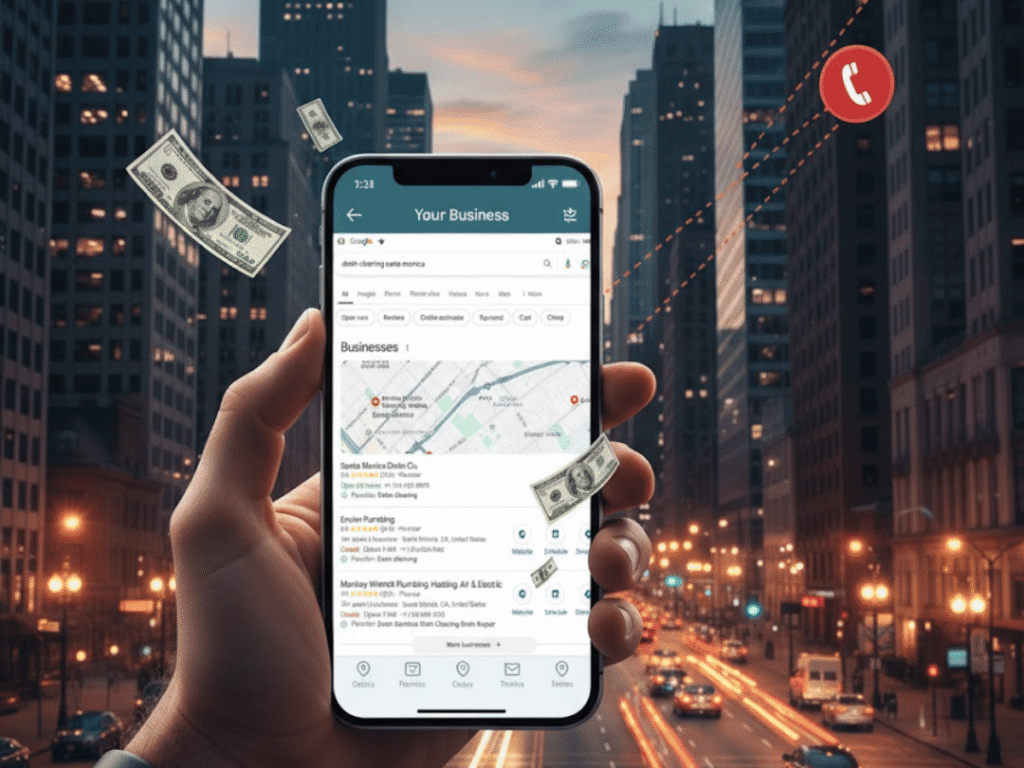
50% of local searchers click Map Pack listings first. Learn why your unoptimized Google Business Profile is losing customers to competitors and how to fix it.

Finding the perfect email frequency feels like a balancing act. Send too often, and you risk annoying your audience. Send too rarely, and you risk being forgotten. While there is no universal “magic number,” most successful small businesses in Canada operate within three tested models: weekly, twice-weekly, or bi-weekly.
The right choice depends on your business type, your audience’s expectations, and your ability to consistently create valuable content. The goal is not just to send emails, but to build a predictable and welcome presence in your subscribers’ inboxes.

Each sending frequency has distinct advantages and disadvantages. Understanding these trade-offs is the first step to choosing your starting point.
This is often the sweet spot for most businesses, including B2B services, content-driven brands, and those looking to build a consistent habit with their audience. Sending weekly keeps your brand top-of-mind without overwhelming subscribers. The main challenge is consistently producing valuable content every week.
This cadence is ideal for brands with longer sales cycles, businesses offering high-value or in-depth content that takes time to produce, or those prioritizing quality over quantity. It gives you more time to craft excellent emails and lowers the risk of list fatigue. The trade-off is a slight risk of losing momentum if your content isn’t exceptionally memorable.
This higher frequency is best suited for e-commerce businesses with frequent promotions, news-driven companies, or brands with a constant flow of new content. It maximizes opportunities for sales and keeps highly engaged audiences in the loop. However, this model carries a high risk of burnout and unsubscribes if the content isn’t consistently fresh, relevant, and compelling.
Your data will always tell you the truth. If you start seeing negative trends in your metrics, your audience is likely feeling overwhelmed. Here are the key signals of list saturation:

A one-size-fits-all approach is rarely optimal. Advanced email marketing involves adjusting your frequency based on a subscriber’s relationship with your brand, ensuring they receive the most relevant content at the most appropriate intervals.

Determining the right email frequency is a dynamic process of disciplined testing, careful measurement, and, most importantly, listening to the signals from your audience. By following a structured plan like the Latin Launch 90-day roadmap, you can build a powerful communication channel that not only drives sales and engagement but also maintains a healthy, responsive email list without burning out your most valuable subscribers.
If you’re ready to turn your email list into a predictable revenue engine and stop playing guessing games with your audience, book a discovery call with our experts today. We’ll help you build a custom email strategy that delivers consistent results and optimizes every message.

50% of local searchers click Map Pack listings first. Learn why your unoptimized Google Business Profile is losing customers to competitors and how to fix it.

Avoid the #1 mistake that kills ad budgets on Black Friday. Discover PPC tactics proven to stretch every dollar and outsmart big-spending competitors.

Discover why backlinks remain crucial for SEO success. Learn how to build quality links, leverage platforms like DesignRush, and create content that earns natural backlinks.

Comparing Google Ads vs. Facebook Ads for your Canadian business? Learn the key differences, see which works best for e-commerce, B2B, or local services, and get a 4-week testing plan.

Our guide breaks down the key factors for small businesses to set a budget that delivers results. Find out how to drive real growth.

Discover how to allocate funds across key channels with plans for conservative, moderate, and aggressive growth.

FIll out the form below and we schedule your call with us